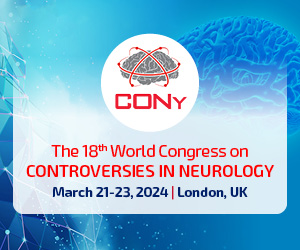Posterior cortical atrophy – clinical manifestation, differential diagnosis and management
Anna Barczak1, Emilia J. Sitek2,3
 Affiliation and address for correspondence
Affiliation and address for correspondencePosterior cortical atrophy is a rare form of an early-onset dementia syndrome (usually affecting people below 65 years of age) with predominant deficits in visual perception and visuospatial functions. This form of disease is often considered as atypical manifestation of Alzheimer’s disease, also known as its visual variant. Reading difficulties, face and object recognition problems, topographical disorientation, inability to perceive more than one object at a time and misreaching objects under visual control are frequently observed. These deficits lead to progressive loss of independence in the activities of daily living, that occurs earlier than observed in patients with Alzheimer’s disease. Cognitive dysfunction is caused by a dysfunction of one or two main visual pathways (dorsal – enabling the localization of stimuli, or ventral – enabling stimulus recognition) and subsequent parietal and/or occipital atrophy. Posterior cortical atrophy may be also associated with other, more complex neurological and psychiatric symptoms. In this paper, clinical presentation and diagnostic criteria of posterior cortical atrophy as well as neuropsychological assessment tools useful in the differential diagnosis and management options, both pharmacological and non-pharmacological, are presented.








